Enhance your business procedures with essential Different organizations Business Forms. View, get, and adjust templates all in one location - enhance your precision and transparency with ease.

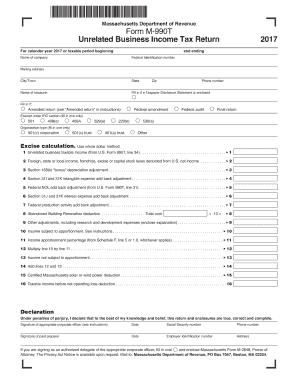

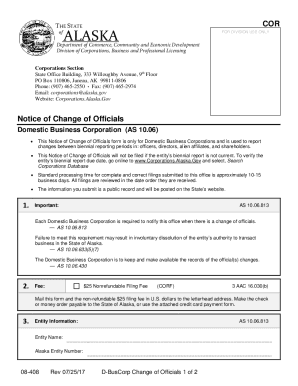
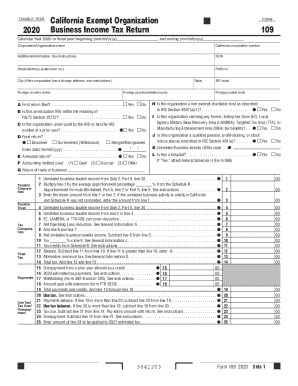
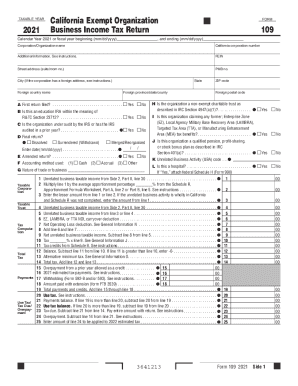


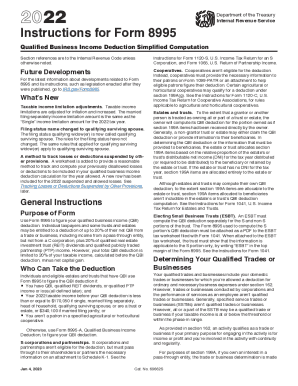

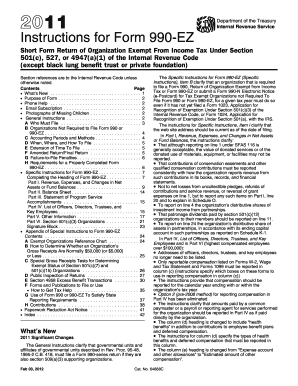
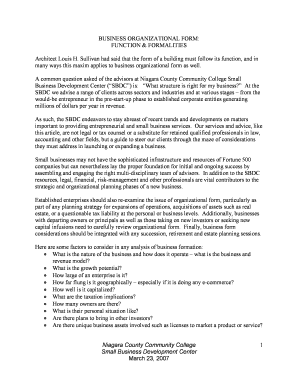

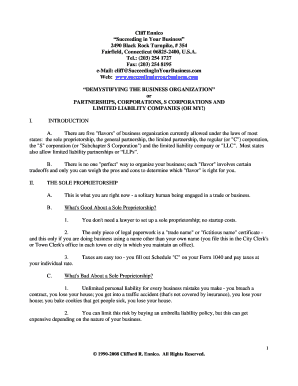
Document administration can overpower you when you can’t discover all the forms you need. Fortunately, with DocHub's considerable form collection, you can discover all you need and quickly manage it without switching among programs. Get our Different organizations Business Forms and begin working with them.
The best way to manage our Different organizations Business Forms using these basic steps:
Try out DocHub and browse our Different organizations Business Forms category without trouble. Get your free account right now!